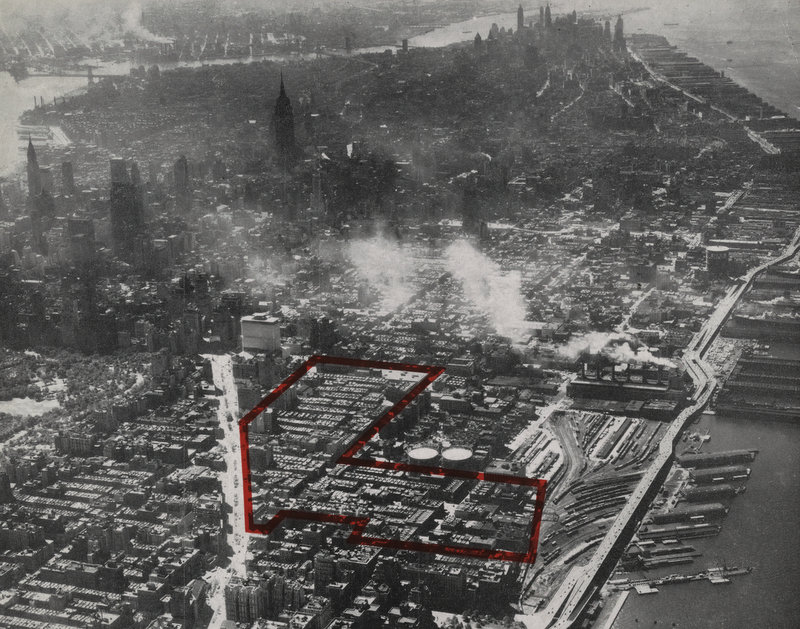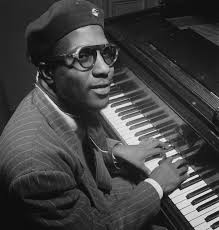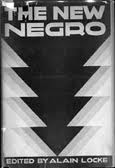
In the early twentieth century San Juan Hill was one of the largest Black neighborhoods. It was one of the most congested areas of the city, one block housing over 5,000 people. San Juan Hill was home to an active nightlife including pool halls,bordellos as well as high end parties and parties in tenement basements, activities and a culture that would later be exclusively associated with Harlem. One of the attractions of this time was a noteworthy club called The Jungles Casino. Here was where James. P. Johnson created the Charleston (Strausbaugh). Johnson was a New Negro. As he was a creator that both embraced the musical traditions of his people and created a novel sound of his time. One could argue that Johnson knew both his positionality as a black man and his skill as an artist.

San Juan Hill was also the neighborhood where Thelonious Monk perfected the bebop style of Jazz,likely inspired by the musical scene within the neighborhood. He moved to San Juan Hill in 1922, lived in the Phipps houses and stayed there for most of his life (Strausbaugh). Although Thelonious Monk was a boy during this time, it does not mean that he was not a New Negro living in the neighborhood. It was in this neighborhood, in the Phipps Houses where he began his journey into establishing his identity as both a black man and an artist. San Juan Hill was also home to 63rd Street Music Hall where black actors and writers had a chance to perform. During the 1920s in San Juan Hill several black performers played here. Such as vaudeville performers, playwrights, and lyricists Flournoy Miller and Aubrey Lyles.
Although San Juan Hill was a culmination of culture, nightlife, and art it was also a sight of much racial violence. With the Italians to the south and the Irish to the north in Hell’s Kitchen there was continuous tension. But the racial violence wasn’t the only thing that would push the black population uptown to Harlem. Although blacks had already moved up to Harlem during the teens and twenties, there still remained black populations in San Juan Hill. San Juan Hill maintained its racial composition and status until after WW2 when Robert Moses and modern urban planning had gotten to it. Tenements and brownstones were knocked down. And although residents resisted this removal, taking it all the way to the supreme court, they were still displaced. The area was turned into Lincoln Center.


